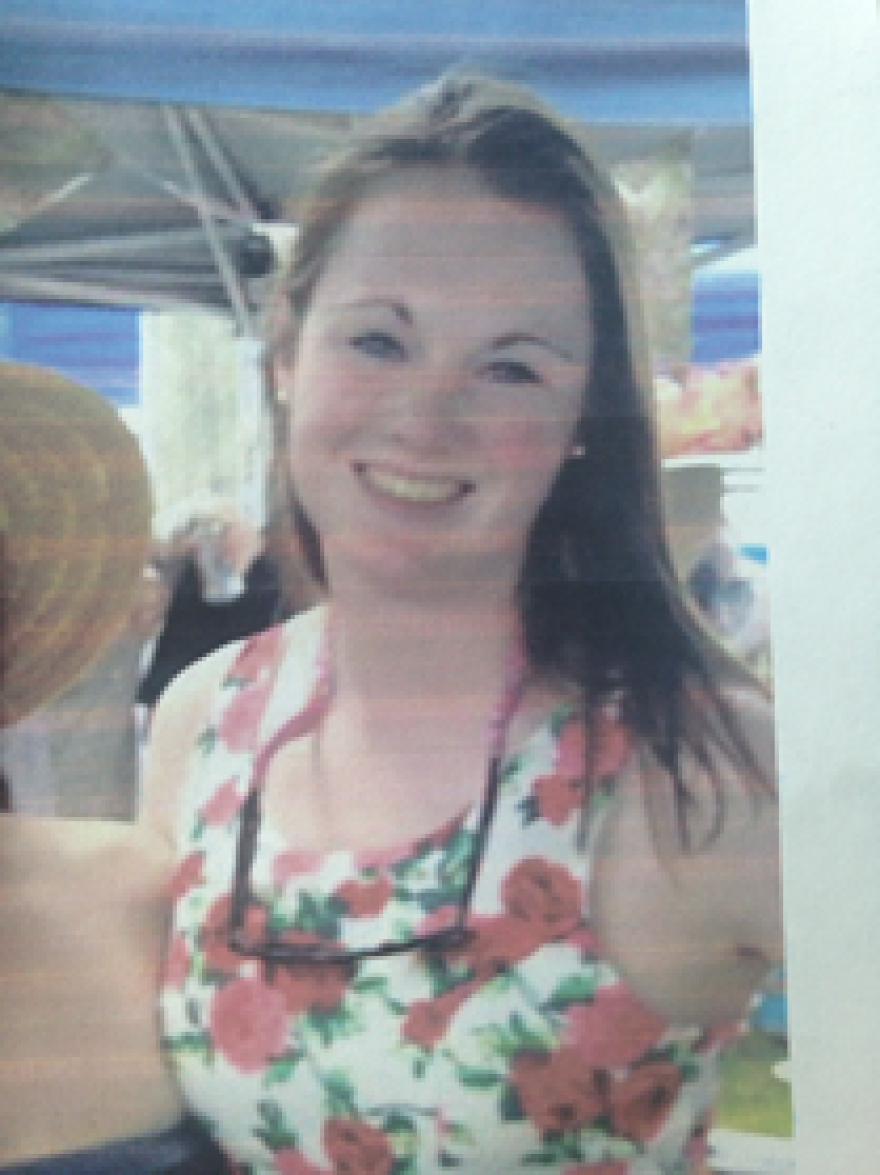Police have a suspect in the disappearance of Hannah Graham, but their investigation continues. They’re not saying much, but in the first of a two-part series, here's a look at what may be going on behind the scenes and why.
For nearly a month now, volunteers and professionals have been searching for Hannah Graham. It seems unlikely she is still alive, but even finding her body could be central to the case.
“Without a body, there always becomes the question – is this person just missing?”
Robyn McDougle is an associate professor of criminal justice at Virginia Commonwealth University.
“We’re talking about college students, and potentially someone could argue from a defense perspective that she just left, and she’s allowed to do that at 18 years of age, and how do we even know that anything even happened to her?”
Prosecutors must also show that a victim’s death was no accident.
“Sometimes there’s evidence of struggle, strain. The body’s been hidden somewhere – covered, buried. That tells us something – that she didn’t just run away and slip and hit her head and pass away.”
The location of the body could also point to the culprit according to Doug Davis, former police chief from Waynesboro who now heads the criminal justice program at Mary Baldwin College.
“Everybody leaves something at a crime scene. Fibers from our clothes, footprint. There’s always something somebody leaves.”
While official searches have failed to find Graham, former Charlottesville police chief Deke Bowen is still hopeful.
“Bow season has opened, so there are going to be hunters in the fields or in the woods, and most of them hunt the same areas year after year, so they might see something that has changed in that area.”

Meanwhile, police keep getting and checking out tips – more than 3,000 of them at last count, and McDougle says it’s a real challenge to keep up.
“You start to get fatigue. You start to get people who do call to make reports, because they like the engagement. They feel that they’re involved in the case, even if the information they’re providing isn’t very good. This is the tedious part, but it can be the extremely important part.”
Former Chief Davis agrees. Thirty years ago he worked on a case in Hampton Roads, where five women were killed over a span of 11 days.
“We had thousands of tips also, and you have to follow up on every tip, because you never know which one is going to lead you to something.”
The killer’s last victim was a woman who worked for a company that distributed candy.
“And when he went to get his hair cut, he gave everybody in the barber shop a Baby Ruth bar. The barber called it in as a tip, and that tip panned out to be him.”
In the Graham case, detectives are still talking to people who know their suspect, LJ Matthew, and Professor McDougle says they’re likely comparing his DNA to evidence from cold cases involving other women who’ve disappeared.

“When you are arrested, we take a buccal swab – a DNA sample in your mouth, and we can run it through our DNA data base. They buccal swabbed him in Texas. Texas has the same guidelines that we do, so Texas could take a sample and shoot it right over.”
The Graham case has focused national attention on Charlottesville, and the FBI has been here three times in the last five years, hoping to find Graham, Morgan Harrington, Alexis Murphy. Dashad Smith, Samantha Clarke and several others from the region have also disappeared. That’s led some people to wonder if something has gone terribly wrong in Central Virginia.
In our next report, we’ll talk with our experts from the law enforcement community to learn why young people may be at high risk here and whether more serial killers are at work than ever before.













